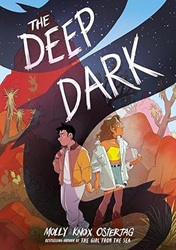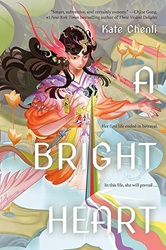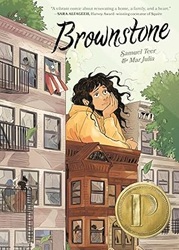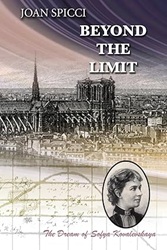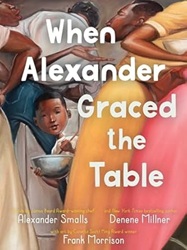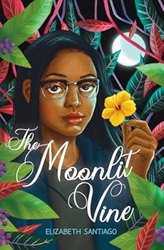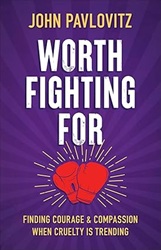 Worth Fighting For
Worth Fighting For
Finding Courage and Compassion When Cruelty Is Trending
by John Pavlovitz
Westminster John Knox Press, 2024. 154 pages.
Review written June 10, 2025, from my own copy, purchased via Amazon.com
Starred Review
I think of John Pavlovitz as someone who comes across as angry. However, even though this book features a picture of boxing gloves, it’s ultimately a book about making compassion our primary characteristic as Christians. And he indeed makes a strong case that this is worth fighting for.
The sections in this book are short, so it made an easy morning read to read one section. I found myself talking about what I’d read with other Christians, especially this passage:
What we believe about faith and God and the afterlife is not as fixed as we often like to think. It is rather an ever-shifting point in space and time. Very likely, you believe quite differently than you did ten years ago in both subtle and substantial ways, and ten years from now the same will almost certainly be true. In this way I like to think of theology as a place – as the specific location where you are right at this moment.
This is important as you interact with others, because it helps you recognize your limitations and potential. You cannot make someone be where you are. It’s not your job or your right to forcibly pull someone to your faith perspective, to make them see as you see or agree to the givens you’ve established in your mind. Your responsibility is to openly describe the view from where you stand and hope that something in that is helpful or encouraging or challenging to people. I never feel I need to convince someone to believe what I believe, only to let them know where I am and ask them to meet me there in relationship.
I love that perspective, because I hadn’t stopped to think about it, but, yes, my beliefs are quite different than they were ten years ago, in many ways. I think sometimes we feel like we’ve seen the light and been set straight in one particular area – so we want to set everyone else straight, too. But why would someone else have to follow the same path as me? John Pavlovitz comes at faith with a deep respect for each person’s journey with God – even of those who berate him.
Yes, John Pavlovitz often comes across as angry, but that seems to be coming from a place of compassion, for those who try to exclude others from the table.
He doesn’t pretend that it’s easy to be inclusive and welcoming. But compassion is worth fighting for.
Love is still the greatest weapon we have in the face of fear. It is still the antidote to all that afflicts us. No, opposing hatred isn’t hateful. Opposing hatred is how we embody love.
And he’s absolutely right that hatred and exclusion are becoming more and more common in our society. In the chapter “The Future We Want,” he includes a section on “The America Worth Fighting For” and encourages us to help make a future America that stands against white supremacy and defends the vulnerable. He encourages us all to use our own abilities to do what we can to make a better future.
Affirm life, speak truth, defend the vulnerable, call out injustices – and gladly brave the criticisms and the wounds you sustain in doing it, knowing that they are a small price to pay for the nation that could be if you speak – or the one that will be if you do not.
So that gives you an idea of what you’ll find in this book – encouragement to stand up and be more compassionate. Here’s another passage I marked:
Compassion is what defines the community we feel called into.
In this shared desire to care for one another and for this planet, we who are a disparate assembly find an affinity that transcends the other boxes. It is the bigger table we are building, the expansive community we are forming.
And this is the side we choose regardless of the other boxes: the side of empathy and equality and benevolence and diversity. These don’t come with a prerequisite doctrinal statement or political affiliation, nor with any condition regarding race or orientation or pigmentation. No group has a market cornered on such selflessness and decency.
The powerful thread knitting together this new chosen family in these days is humanity that gives a damn about other humanity. This is the place where like-hearted people can all find belonging and live fully and heal wounds and fix broken things.
And this compassionate coalition of those who give a damn is what will save the world.
johnpavlovitz.com
Buy from Amazon.com
Find this review on Sonderbooks at: www.sonderbooks.com/Nonfiction/worth_fighting_for.html
Disclosure: I am an Amazon Affiliate, and will earn a small percentage if you order a book on Amazon after clicking through from my site.
Disclaimer: I am a professional librarian, but the views expressed are solely my own, and in no way represent the official views of my employer or of any committee or group of which I am part.
What did you think of this book?
